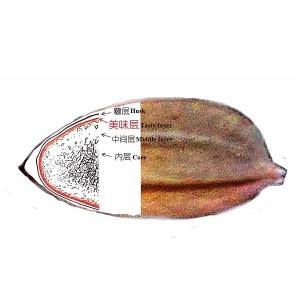From breeding, transplanting, harvesting, storage, milling to cooking, every link will affect the rice quality, taste and its nutrition. What we are going to discuss today is the effect of rice milling process on the quality of rice.
After de-husking, the rice becomes brown rice; To remove the red bran layer and germ on the surface of the brown rice and retain the delicious layer is the process of rice milling we said. After rice milling, the white rice is presented in front of our eyes. And this rice milling process of "turning white rice" involves more milling or less milling which is very knowledgeable, the level of rice milling technology can also be seen here.

Why do we say that? The brown rice after husk removing has a layer of red bran on the surface; under this bran layer is a delicious layer with rich nutrients. The excellent rice milling technique is the process of removing the red bran only but destroying the nutrition of white delicious layer as little as possible. If the rice is over-milled, the nutritious, tasty layer is also milled away, exposing the "white, nice starchy layer". People who don't know much will think "wow, this rice is really white, and the quality is really good!" However, it is good-looking, the nutrients are reduced and the quality is reduced. Over-milled rice has a starch layer on the surface, when cooking, the starch will precipitate and sink to the bottom of the pot when it is heated by water, resulting in a paste pot. Even more, the taste of cooked rice is greatly reduced. Therefore, the rice that especially white in color is not high-quality rice, but excessive milled rice. Buying natural white rice is right choice.
Post time: Mar-10-2023

